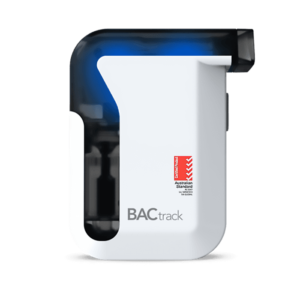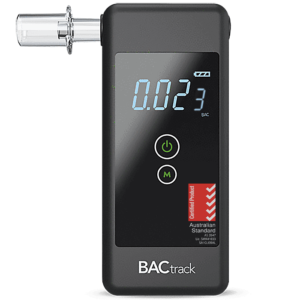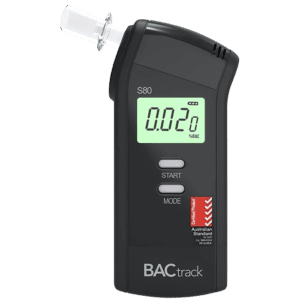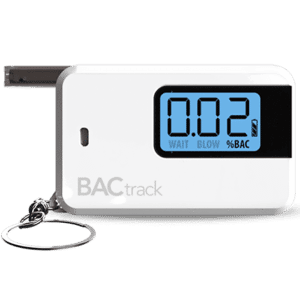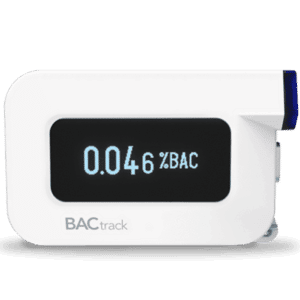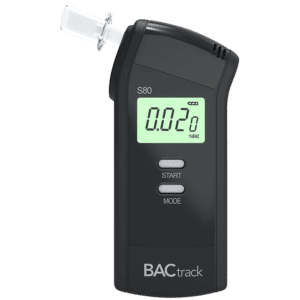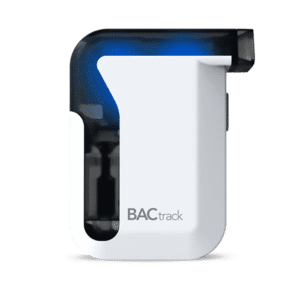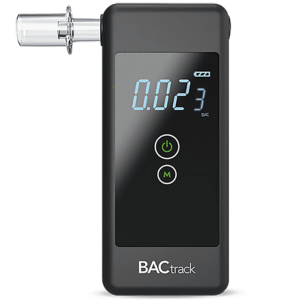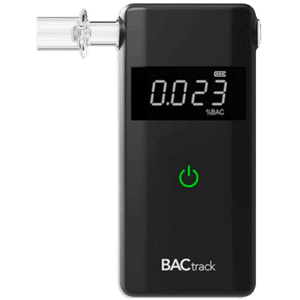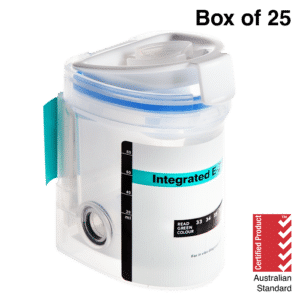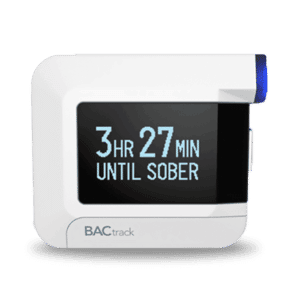Drug Test at Work: Importance, Types & Implementation Guidelines
17 January, 2024
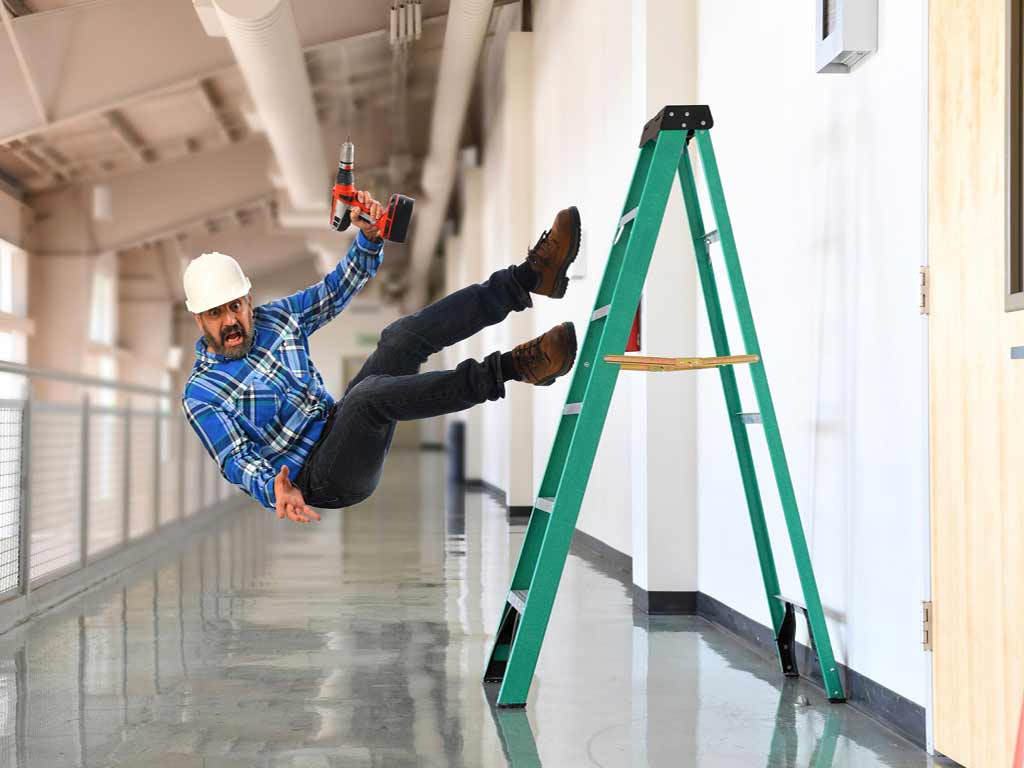
Drug tests at work are an essential part of a safety program. Several industries conduct these tests to identify at-risk employees and prevent unwanted incidents. There are various methods that employers can avail, depending on the situation. The common types are urine, saliva, and breath testing. To conduct the test, it is imperative that companies establish a comprehensive workplace policy and adhere to the standard testing procedures. It also involves obtaining employee consent and using certified test kits.
Substance abuse is a prevalent issue that affects many settings. In the workplace, it can lead to accidents and low productivity. Thus, many companies conduct drug testing as a proactive measure. This reduces safety risks and prevents the abuse of illegal drugs from persisting. The following sections will present the importance of workplace drug testing, the types of test methods, and the implementation process.
Importance of Conducting Drug Tests at Work
Drug tests at work play a significant role in maintaining a safe environment. Employees who are under the influence of illicit drugs may exhibit reduced focus, impaired judgment, and slower reaction times. As a result, they put themselves and those around them at risk. By conducting drug and alcohol testing, employers can identify and address substance abuse issues early on and ensure a safer workplace for everyone.
Additionally, drug tests promote positive company culture and responsible behaviour. A workplace that prioritises employee safety and enforces testing policies sends a clear message that substance abuse will not be tolerated. It acts as a deterrent for employees relying on illegal use of drugs while on the job. Knowing there are consequences helps discourage individuals from engaging in unhealthy or hazardous behaviour.
Drug testing is also essential in complying with safety and legal regulations. Employers have a duty of care to protect their employees from various risks. Workplace accidents due to substance impairment may result in legal liabilities for the company. Therefore, regular drug testing ensures they are doing their obligations to minimise preventable hazards.
Benefits of a Safe Working Environment
- A safe environment promotes employee well-being and reduces the risk of accidents and injuries. This leads to fewer absences, increased productivity, and higher morale.
- Organisations mitigate legal and financial risks due to substance-related accidents. There are fewer compensation claims and reduced overall costs.
- A safe and reputable company attract top talent. Employees are also more likely to choose and stay with organisations that prioritise their well-being.
- Increase motivation and job satisfaction among employees. Individuals can focus more on their work, minimising errors and mistakes.
- A stable workforce and safe environment are less likely to have interpersonal conflicts that can affect job performance.
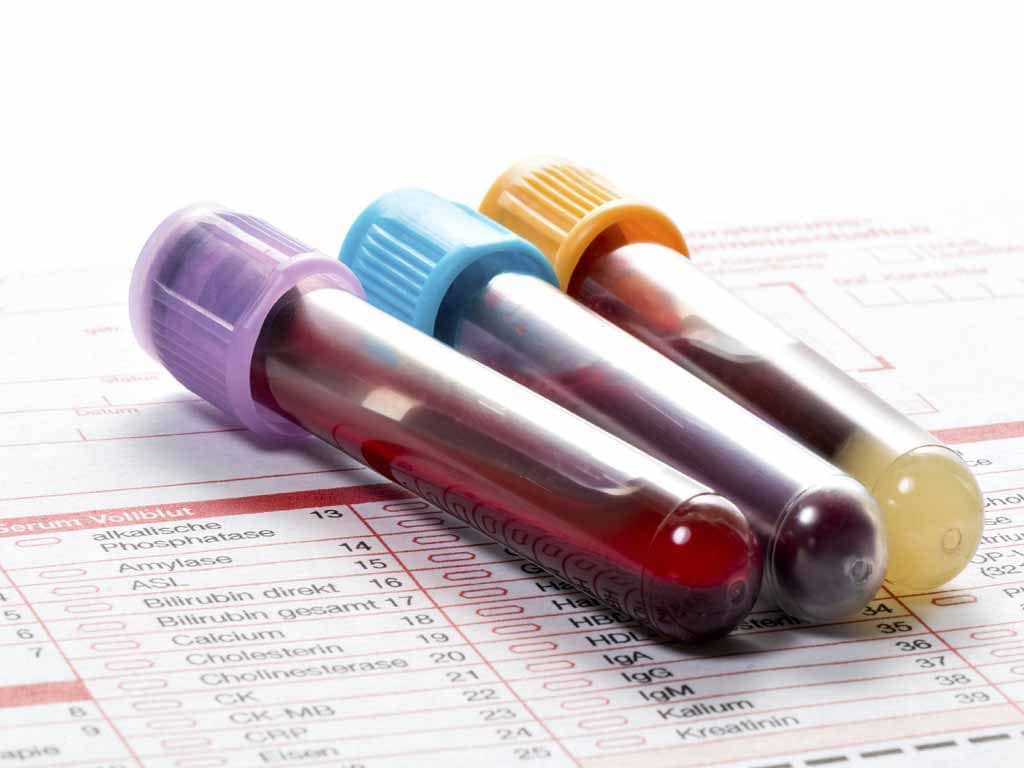
Types of Drug Tests at Work
Companies can implement various methods of drug tests at work. There are several types of testing that employers can choose, depending on the situation. The most common type is the urine drug test. This method can detect a wide range of illicit substances for a long period of time. It is relatively less invasive compared to other methods. Moreover, it can provide results within a few minutes with kits to hours with lab testing.
The second type is the saliva test. It involves swabbing the inside of the mouth with an absorbent stick to obtain oral fluid samples. The test can detect common drugs of abuse, such as amphetamines, marijuana, cocaine, opioids, and benzodiazepines. Moreover, saliva samples have a detection window of five to 48 hours. Therefore, the results can indicate recent drug usage.
Furthermore, breath alcohol testing detects the presence of alcohol. A breathalyser can measure the blood alcohol level and determine harmful alcohol consumption. Lastly, the blood test provides the most reliable and accurate results. It can detect the specific classes and amounts present in the bloodstream.
The Basic Testing Procedures
Basic drug testing procedures typically consist of two main steps: specimen collection and analysis. The sample collection depends on the method of testing. For urine tests, the individual is given a sealed container where they must fill it to a pre-marked level. Meanwhile, blood testing requires a medical professional to draw blood samples.
After collecting the samples, they may process them on-site or transport them to a laboratory for analysis. It undergoes various techniques like immunoassay screening or Gas Chromatography-Mass Spectrometry (GC-MS). The GC-MS test can provide detailed information on drug levels. It is often used in confirmatory testing due to its high precision.
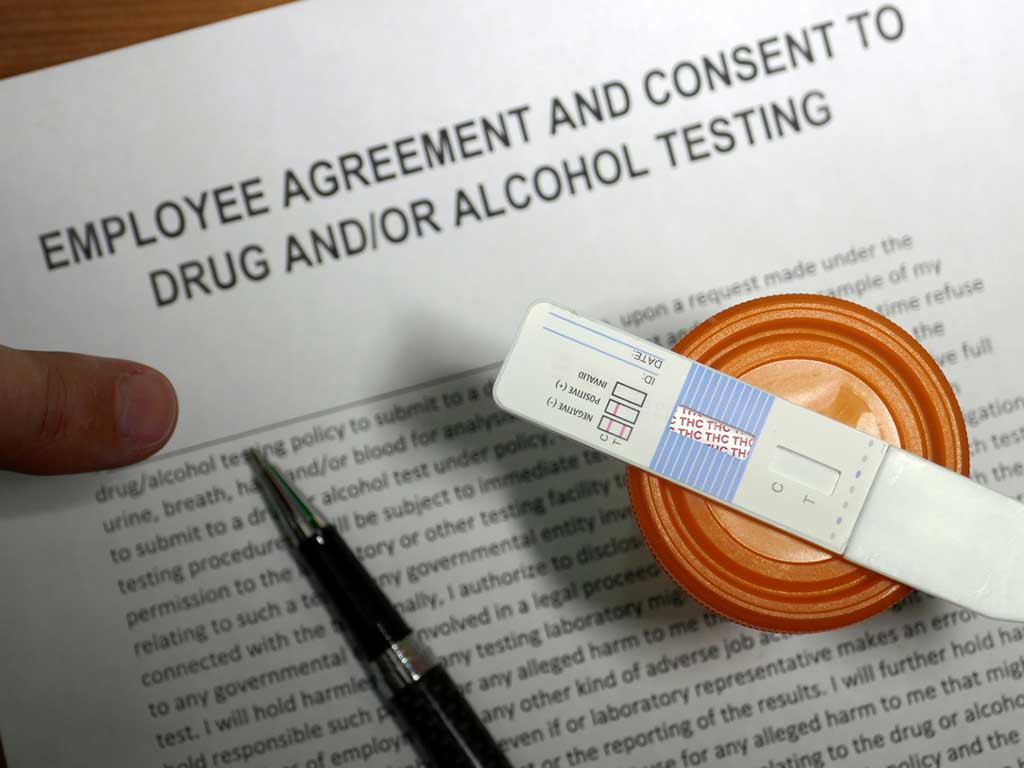
Implementation Guidelines for Conducting Drug Tests at Work
Before implementing a drug test at work, it is crucial to have a comprehensive alcohol and drug testing program in place. Primarily, the policy should outline the types of drugs that will be tested for the frequency or reasons of testing and the testing methods. It is also essential to communicate the possible disciplinary measures for breaches.
Additionally, employers should ensure that the company policy is fair and consistent across all employees. This includes an equal selection process without any bias or discrimination. Furthermore, always employ accredited drug and alcohol testing services to ensure the accuracy of the results. These providers use certified drug test kits and follow the chain of custody process.
Organisations should also be cautious in handling positive drug test results. For example, employers must deal with the concerned employee in a confidential manner. It includes asking for explanations about the extent of alcohol and drug usage and factors that may have contributed to it. In some cases, companies offer Employee Assistance Programs (EAP) to help individuals overcome their addiction.
The Legal Implications for Employees and Employers
Implementing drug testing can have various legal implications for both employees and employers. Aside from a safety initiative, it is a statutory requirement in several industries, such as mining, construction, aviation, and transportation. Failure to comply can mean negligence and become susceptible to legal risks.
For employees, they may face disciplinary actions like suspension, grounds for transfer, or termination in severe cases. Therefore, it is crucial for employers to ensure there are no false positives in drug testing results. Employees also have the obligation to report incidents if they believe a co-worker is under the influence of alcohol or drugs while on the job.
Conclusion
A drug test at work is a cost-effective measure to ensure a productive and safe workplace. It involves the analysis of biological specimens to detect the presence of drugs in the system. The common drug testing methods include urine, saliva, breath, and blood testing. Each type has its own detection window and collection procedures. Therefore, companies must choose the most suitable method and technique depending on the circumstances.
It is important to follow the implementation guidelines of drug testing to ensure legal compliance and the effectiveness of the program. Employers develop a comprehensive alcohol and drug policy to guide employees on the standard procedures in the workplace. Furthermore, they must see to it that it does not violate employee rights. Overall, drug testing helps prevent accidents, improve productivity, and create a safe work environment for all employees and the general public.


















